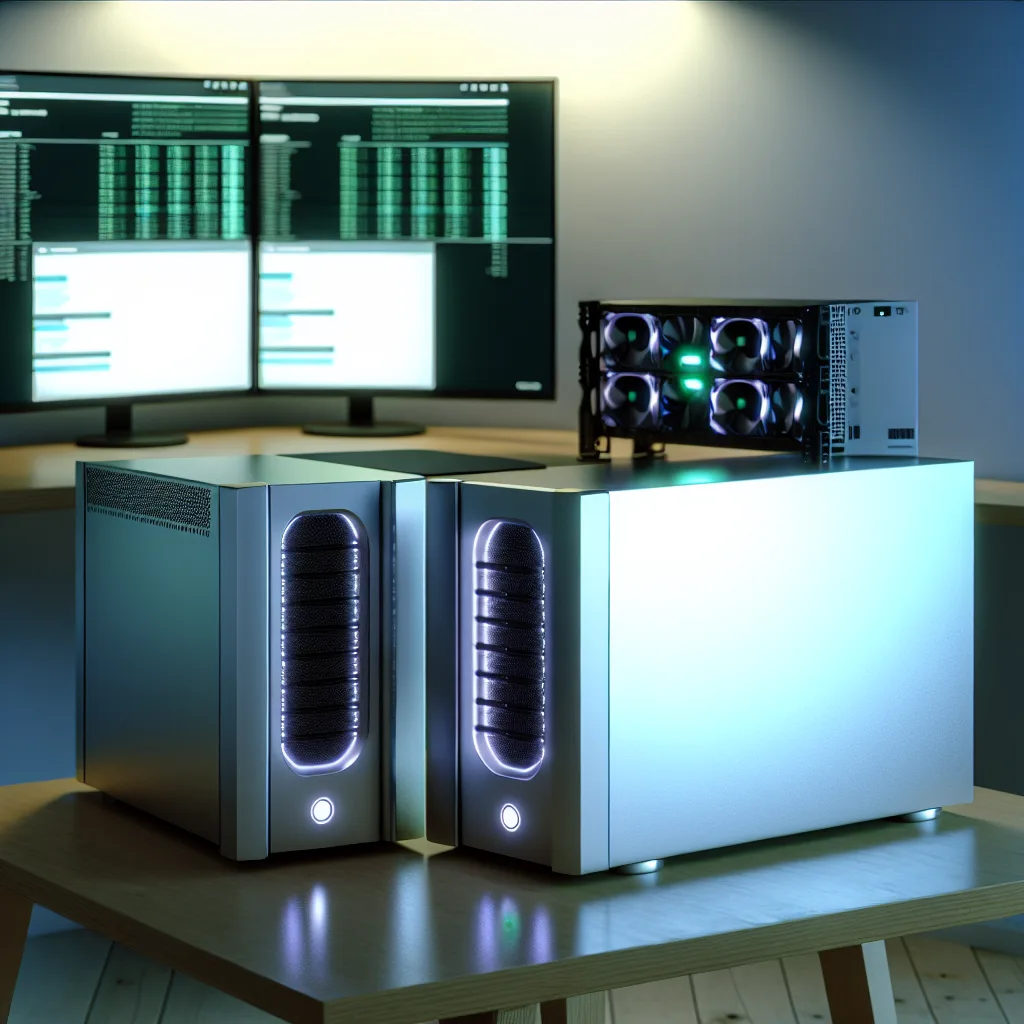How I set up a lightweight but powerful home lab environment with ESXi and Proxmox
If you’ve ever thought about tinkering with servers at home, you might relate to the surprise and excitement I felt when two HP DL380 servers and a custom GPU rig somehow ended up in my homelab.
My homelab setup started almost by chance, but it’s become a fun and rewarding project. For this setup, I’m running ESXi 7.0.3 on a Generation 9 HP DL380 and ESXi 6.5.8 on a Gen 8 model. The hefty custom GPU server is running Proxmox, giving me a good balance between virtualization powerhouses and specialized workloads.
Why I Chose This Homelab Setup
The HP DL380 servers are well-known solid workhorses in the server world. ESXi, VMware’s bare-metal hypervisor, is a great choice for virtualization because it’s stable, widely supported, and suitable for many enterprise and hobbyist scenarios. Meanwhile, Proxmox complements this by offering flexibility and support for containers and virtual machines, which is perfect for the GPU server.
Challenges: The Sound Issue
One thing you don’t hear about often enough is the noise these kinds of servers can generate. My setup isn’t quiet. The fans on the HP DL380s and the custom GPU server are definitely loud. It’s a constant hum, almost like having a small airplane nearby. While it can get distracting, I learned that keeping the Linux VMs running light and the core infrastructure slim cuts the load significantly, which helps keep temperatures and noise somewhat manageable.
Keeping the Load Low
The key to a successful homelab setup like this is balancing performance with efficiency. Running lightweight Linux machines on these servers means they don’t have to work harder than they need to. The slimmed-down core infrastructure makes a real difference. Instead of overloading the servers, I focus on essential services, which keeps everything smooth and responsive.
What I’ve Learned So Far
- Hardware can find its way to you in unexpected ways—sometimes you just have to say yes.
- ESXi and Proxmox are powerful combos for virtualization and container management.
- Managing noise and heat is crucial, especially with older or beefier servers.
- Keeping the workload light and focused helps maintain stability and longevity.
Taking It Further
This setup is a work in progress. I’m planning some tweaks to the sound insulation and maybe experimenting with more container-based workloads on Proxmox. For anyone wanting to build their own home lab, my advice is to start simple, pick hardware you can manage, and learn along the way.
Here are some helpful resources if you want to dive deeper:
– Official VMware ESXi documentation: VMware ESXi Documentation
– Proxmox VE overview and docs: Proxmox VE
– HP DL380 Server specs: HPE ProLiant DL380 Gen9 Server
In the end, your homelab setup should reflect what you want to learn and experiment on. For me, it’s about mixing traditional servers with specialized hardware, running a lean but flexible system, and yes, occasionally tuning out the fan noise. If you’re curious about home labs, I hope my experience gives you a little nudge to start your own!
Happy labbing!
